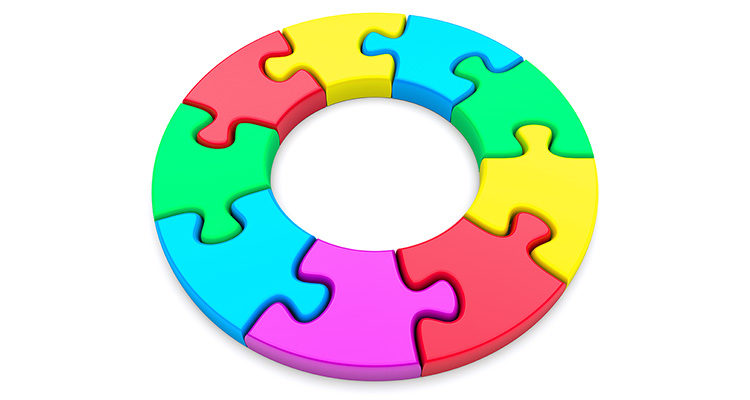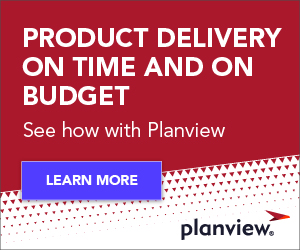
As Director of Product Management for Planview Enterprise, I have helped shape its evolution for the past 13 years. It’s been quite a journey, and the last four years in particular have been especially rewarding. In his blog post introducing Planview Enterprise 12 just a month ago, Patrick Tickle mentioned that we have brought the UX “full circle.” In this post, I’ll expand upon that a bit by looking back at how we got here, where we are with version 12, and what’s to come.
Here’s a quick timeline of our journey toward our goal of building the best UX in the industry:
- Planview Enterprise 11, launched in 2013, was all about laying the foundation for a new user experience, making that big first step. That’s always the hardest part. As PPM was spreading across the enterprise, the premise was to design a UX for use by anyone in an organization – from business people to technology power users, from novices to experts. The Inner Circle of 100 customers we consulted during the 18-month design and development process gave invaluable input. From there it was about driving that standard across the product, listening to feedback, adjusting and moving forward. We started to embed analytics and reporting right where users needed it with an innovative ribbon and tiles. This dashboard metaphor showed users the main metrics critical to their individual roles. In addition, we introduced new navigational search capabilities. Most of us find information today through searching. We wanted to provide that same easy, familiar experience in portfolio management.
- Successive releases of Planview Enterprise 11 continued to move us forward, transitioning from metrics (“Where do I need to focus?”) and navigation (“How do I get there?”) to the day-to-day planning and management (“How do I adjust my plan?”). We extended the design principles from 11 to the most interactive and information-intensive pages, focusing on project management with the Work and Resource Management page and portfolio planning with Investment and Capacity Planning.
- Planview Enterprise 11.4 and 11.5 furthered this vision, taking the already powerful ribbon and incorporating both embedded reporting and workflow-driven tiles. Both of these further established and even elevated the ribbon as the one -stop place for portfolio management metrics and performance.
- And now Planview Enterprise 12 marks a milestone of what we started with version 11. We have now redesigned and rewritten every major page in the application. In version 12 we redesigned and replaced two commonly used screens: the timesheet and financial planning detail. Both speak to the daily usage of the system and making it easier to “do” portfolio management.
- Timesheet: Timesheets are fundamental. The process of collecting time feeds into almost every other part of portfolio management. A new timesheet should make getting that information easier, which makes everything else better.
- Financial planning detail: Financials are so central to what customers do today. We wanted to make sure users could enter what they needed to quickly. At the same time, we know not all of our users are finance experts. They are business and technology people who are challenged to deliver strategic products, programs and projects within a budget. We wanted to make sure the financial planning page would be easy for them to use and understand.
In Planview Enterprise 12 we also updated the visual style of the application. This is a way to stay up- to- date with the web’s current look and feel. When a product feels up-to-date, it increases a user’s comfort level and drives engagement. It’s all about reducing barriers to success and encouraging adoption.
What is next for the Planview Enterprise UX? We will continue to rely on our Inner Circle customer community for their insights and guidance as we have all along. We are exploring how to combine our user experience as well as our analytics and reporting strengths to streamline and improve decision making. Also, we’ll be taking a step back and looking a bit more at the interactions between our different types of users. For example, how can we continue to better facilitate portfolio management processes? How can we bring new groups into portfolio management?
How would I summarize my experience designing and developing Planview Enterprise so far?
- It’s a journey.
- We’re never done.
- That’s what makes this fun!
Planview Enterprise has come a long way since we started. As portfolio and resource management has expanded to become an enterprise-wide discipline, we have succeeded in creating a whole new experience for our users.
Which UX facilitates streamlined planning and execution across organizations? The answer is 12.




